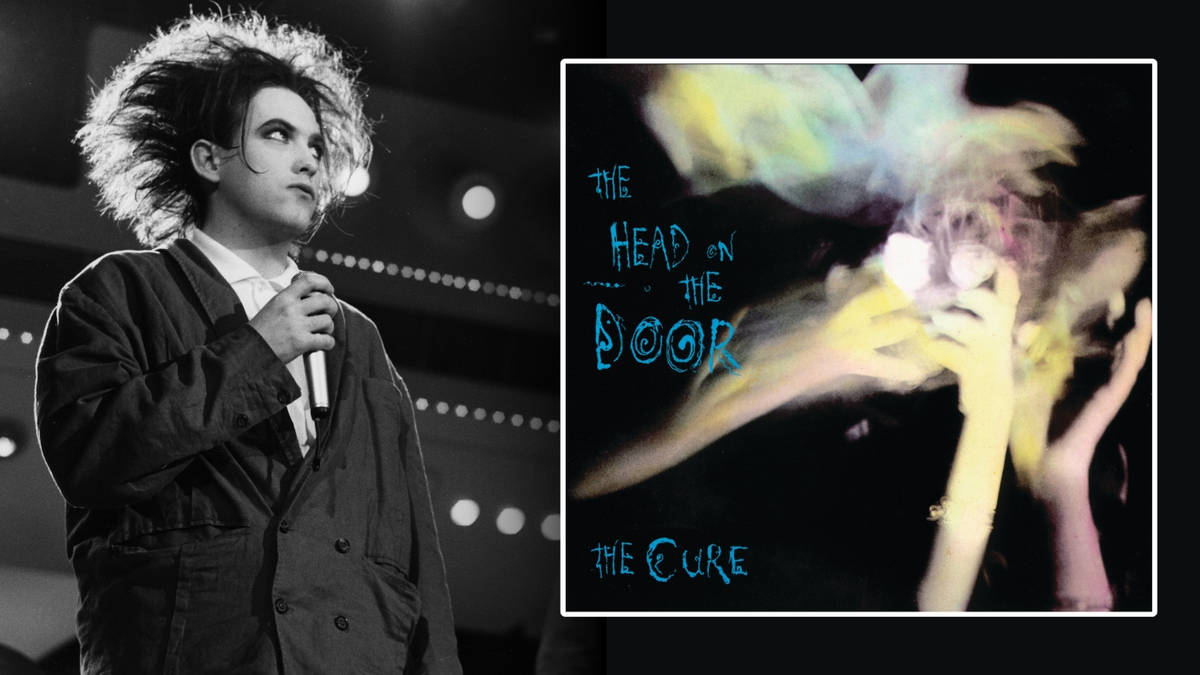30 August 2025, 13:24 | Updated: 30 August 2025, 13:39
Robert Smith performing on French television in April 1986.
Picture:
Alain Denize/Gamma-Rapho via Getty Images
The classic album from Robert Smith and co turns 40 this week – and it was a turning point for the band, taking them to the next level of commercial success.
Album profileArtist: The CureTitle: The Head On The DoorLabel: FictionRelease date: Friday 30th August 1985Track listing: In Between Days / Kyoto Song / The Blood / Six Different Ways / Push // The Baby Screams / Close To Me / A Night Like This / Screw / Sinking
“The sound was really vibrant and the band was really happy”, said Robert Smith of The Cure‘s sixth album The Head On The Door. “It was a joy to make the record and I thought to myself: This album is going to make a difference…”
Smith wasn’t wrong – previewed by the hugely popular song In Between Days, it would be the first Cure album to spawn two hit singles, the other being the enduring favourite Close To Me.
It was a period of stability for The Cure, with Smith welcoming former bassist Simon Gallup back into the fold after some time away from the group. With their popularity growing in both the UK, Europe and the USA – who embraced The Cure’s quirky videos, directed by Tim Pope – The Head On The Door tour saw the band play Wembley Arena for the first time in September 1985, confirming their status as one of the biggest alternative groups to come out of Britain.
Here are some key facts about The Cure’s landmark album The Head On The Door…
The Head On The Door was released on Friday 30th August 1985
Both the NME and Melody Maker dated 24th August ’85 confirm the release date, with the music press reviewing the album the following weekend. The CD edition was releaased a couple of weeks later, on 9th September – mainly because Compact Disc wasn’t the commercial behemoth it would soon become. The album went straight into the UK charts at Number 7, sandwiched between Phil Collins’ No Jacket Required and Songs From The Big Chair by Tears For Fears. It was The Cure’s highest-charting album to date.
Much of the album’s lyrics relate to Robert Smith’s newly-found fame
Since the success of the singles The Walk and The Love Cats in the UK and Europe in 1983, The Cure’s reputation had grown from cult indie act to mainstream pop band, with the photogenic Robert Smith garnering most of the attention. The frontman’s stint as guitarist in Siouxsie & The Banshees between 1982 and 1984 had given Smith enough notoriety to start affecting his daily life.
Robert Smith performing with The Cure at the Bercy Arena in Paris, 18th December 1985.
Picture:
Tristan Siegmann/Gamma-Rapho via Getty Images
Consequently, some of the lyrics on The Head On The Door are surprisingly dark for what’s generally considered to ne The Cure’s poppiest album. Songs like Push, Six Different Ways and The Baby Screams show Robert coming to terms with the self-centred persona he’d cultivated as a “pop star” and the reality of returning back to “normality” after lengthy periods spent on the road.
Meanwhile, the finale Sinking is a song about an existential crisis that harked back to the days of the Faith album (which the frontman called “very old Robert Smith), while the singer admitted that the single Close To Me was “pretty much wishing I wasn’t born with a groovy bass line”!
The song The Blood is written about a bottle of wine
The flamenco-themed track was given a single release in Spain and concerns a particularly potent drink that Robert Smith encountered called “The Tears Of Christ”.
Smith told the NME in September 1985: “It’s a very cheap Portuguese wine… It’s a very heavy drink that all the workers drink. It’s about 12p a bottle. I was give a bottle of it and I noticed the label, which is the Virgin Mary with Baby Jesus under one arm and a bottle in the other hand. I just sank into this reverie of being a Portuguese flamenco guitarist”.
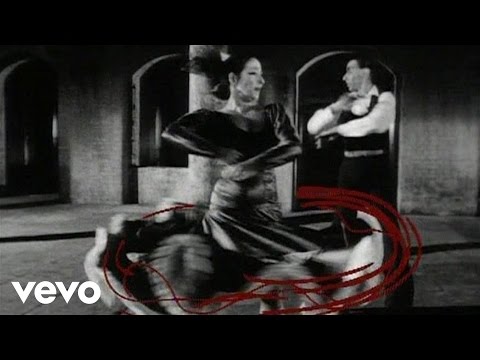
The album was almost called “The Exploding Boy”
The Exploding Boy was also the title of a song that examined Smith’s penchanty for excess, which eventually appeared as the b-side to In Between Days in July 1985.
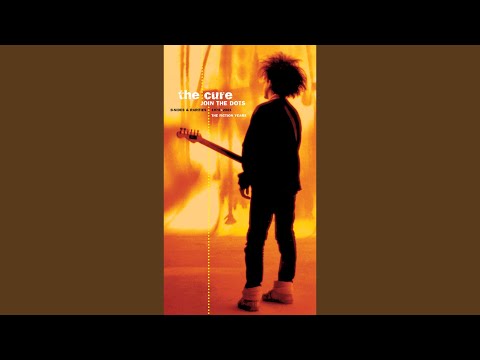
The title of the album relates to a childhood nightmare Robert Smith once had
Robert Smith told the press that the title of the album related to a horrifying dream he experienced whenever he was about to fall ill. “I always used to see this horrible grinning man who’d appear on top of the bedroom door and laugh,” he revealed to Smash Hits in July 1985.
“It was like at both ends of a telescope at the same time – really near but when I tried to push it off, it’d be really far away. The last time I had it was when I was 15 and ill with glandular fever. Until, for some reason, a couple of months ago I had a dream about it again and woke up sweating.”
The creepy “head” made a spine-chilling appearance on the front cover of the Head On The Door tour programme in the autumn of 1985.
Picture:
Press
The cover is a photo of Robert Smith’s sister
The sleeve design was created by Parched Art, the company that featured Cure guitarist Porl Thompson and photographer Andy Vella. The final design features a heavily blurred photo of Robert Smith’s younger sister Janet.
The Cure’s Head On The Door album.
Picture:
Press
The Head On The Door is the first album to feature longtime drummer Boris Williams
Since the Robert Smith-Simon Galliup-Lol Tolhurst formation of The Cure disintegrated in 1982, the band’s line-up had been fluid for a while. Former Thompson Twins drummer Boris was co-opted in to fill in during the final stages of the Top tour in late 1984, following the dismissal of percussionist Andy Anderson.
The line-up of The Cure that recorded The Head On The Door: (back) Boris Williams, Porl Thompson; (front) Simon Gallup, Robert Smith, Lol Tolhurst, May 1987.
Picture:
Suzie Gibbons/Redferns/Getty Images
Williams quickly became a key part of The Cure during their most commercially-successful phase, appearing on the albums The Head On The Door (1985), Kiss Me Kiss Me Kiss Me (1987), Disintegration (1989) and Wish (1992). His last official appearance was at the XFM benefit show at London’s Finsbury Park on 13th June 1993.
The version of Close To Me on the album is different to the single version
First time listeners to The Head On The Door may be surprised to hear a very “dry” version of this well-known Cure hit – that’s because the single version has some additional production, including a brass section called Rent Party giving the claustrophobic track an ebullient jazzy feel.
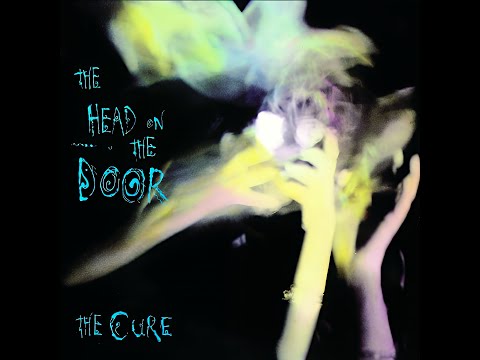
The Cure — “Close to Me” (album version, 2006 remaster)
A Night Like This is based on a very old Cure song
As a group of teenagers, The Cure came to the attention of the German label Hansa following a talent search in the British music press in 1977. Then known as “Easy Cure”, the group recorded a number of demos for the company which never saw any sort of official release at the time. One song was called Plastic Passion and had a slow keyboard-led Roxy Music-style rhythm.
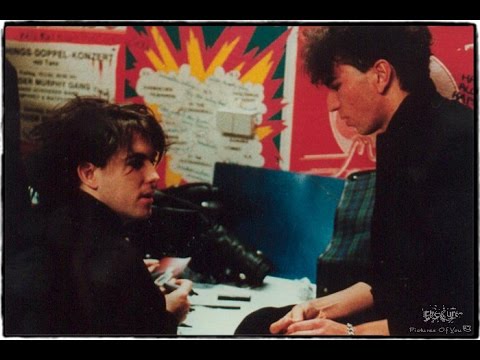
The Cure – Plastic Passion (Demo 1978 01 00)c
When The Cure signed to Fiction Records a year later, they re-recorded the song in a punk style and the track ended up as the b-side to the classic Boys Don’t Cry in June 1979.
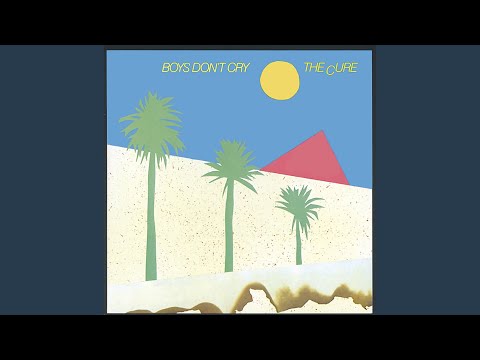
When working on the Head On The Door album, the style and the structure of the original Plastic Passion demo was revived to become A Night Like This – fittingly, as Robert Smith, drummer Lol Tolhurst and guitarist Porl Thompson had all played on the Hansa demo!
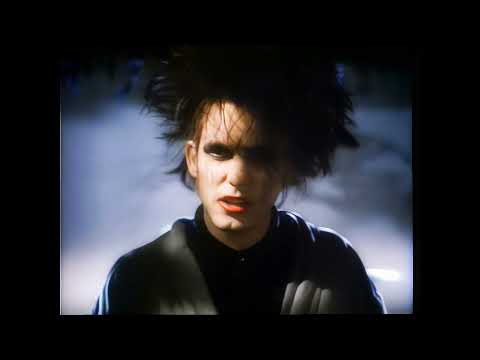
The Cure – A Night Like This (HD Remastered)
One outtake would appear as a single many years later
The song Sleep When I’m Dead, which appeared on the 2008 album 4:13 Dream was originally written during the Head On The Door sessions some twenty-three years earlier. Smith re-wrote the lyrics, telling Rolling Stone “I’m trying to be a bit more socially aware.” The song was issued as a single in July 2008.
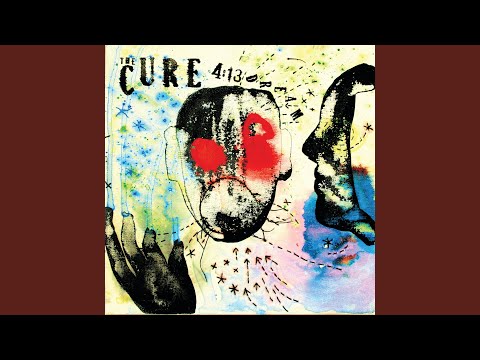
Read more on The Cure

